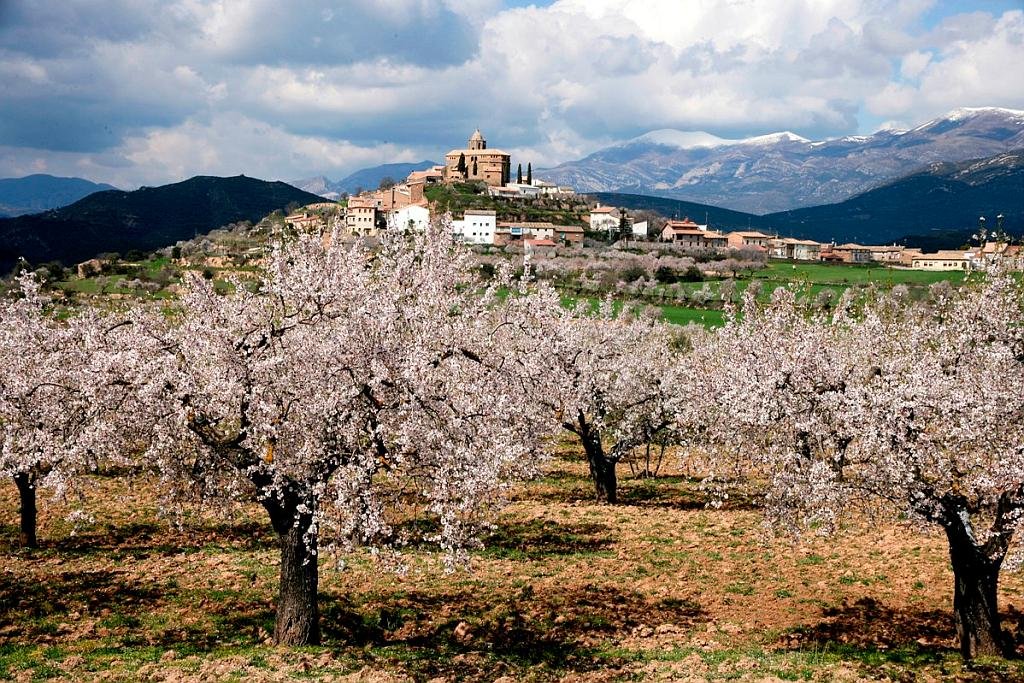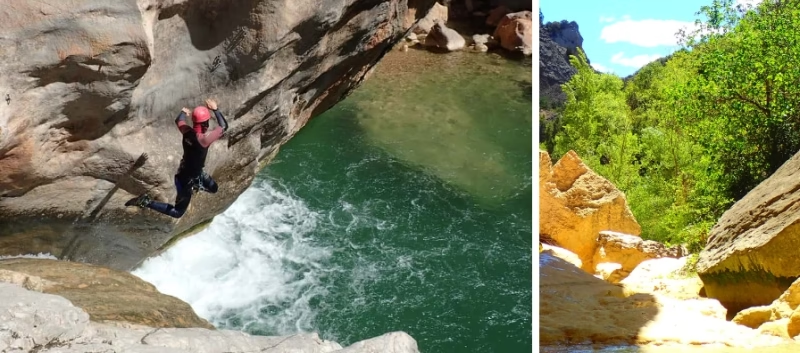- Region: Castilla y Leon
- Province: Segovia
- Declared a Natural Park: 1989
- Park surface area: 5,037 hectares
- Towns and villages Carrascal del Río, Sebúlcor, Sepúlveda
Points of interest
The relatively small Hoces del río Duratón Natural Park is a jewel in the countryside in the province of Segovia. Its name refers to a 27 kilometre stretch of the Duratón River and “Las Hoces” refers to the series of gorges, some up to 100 metres high, that have been formed by the river..





